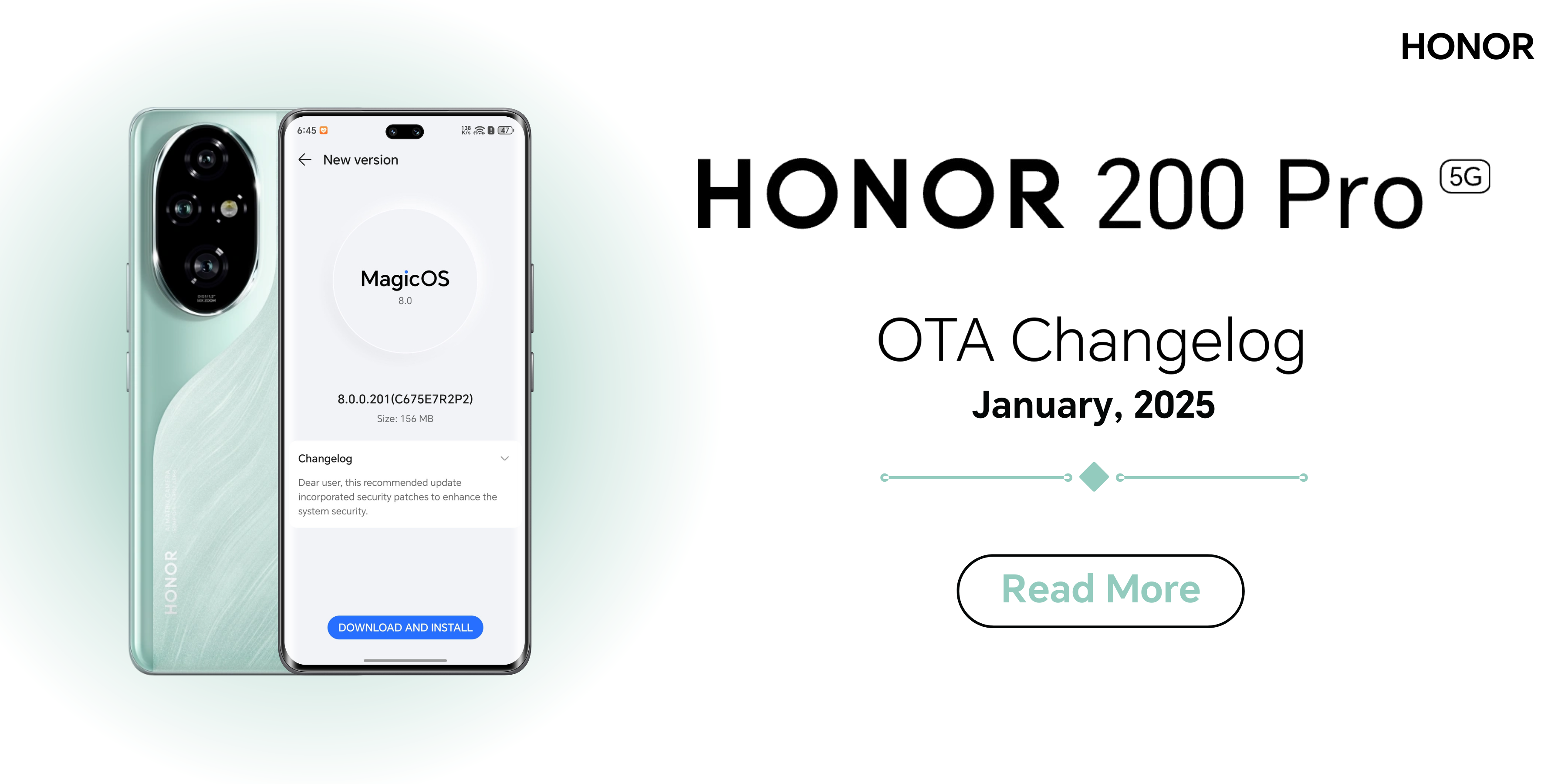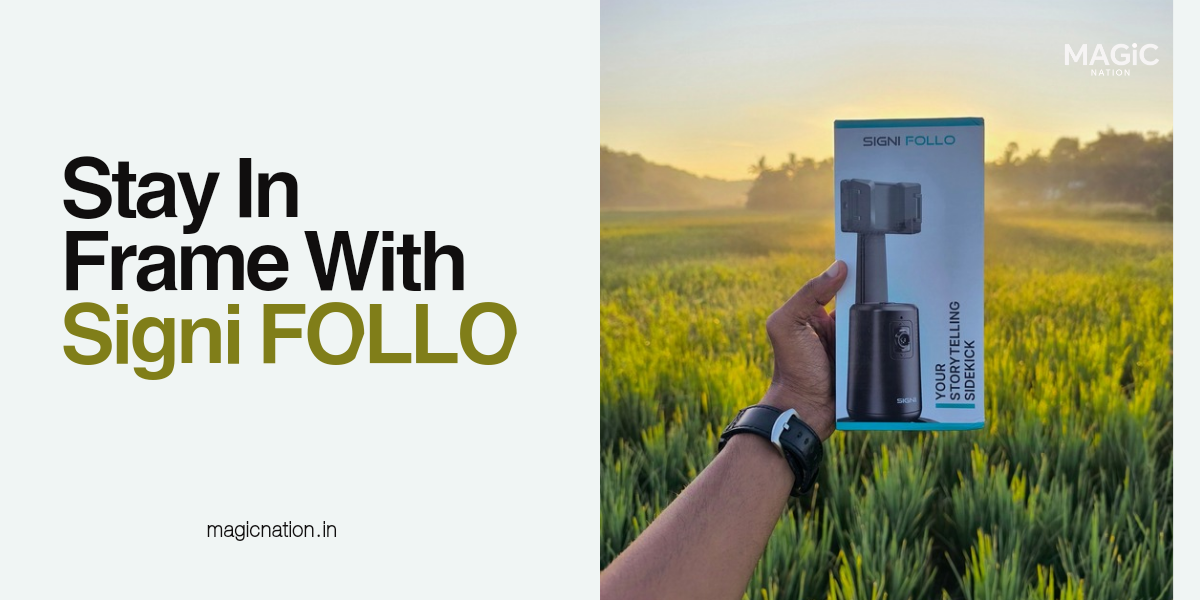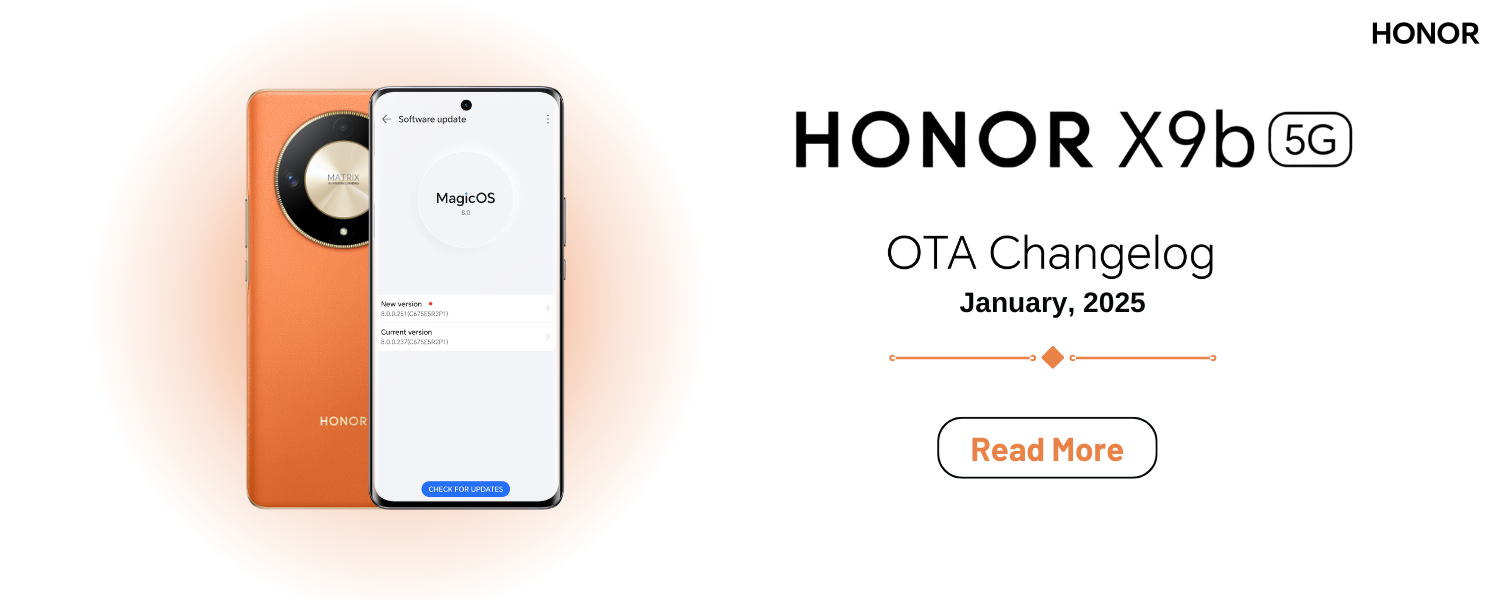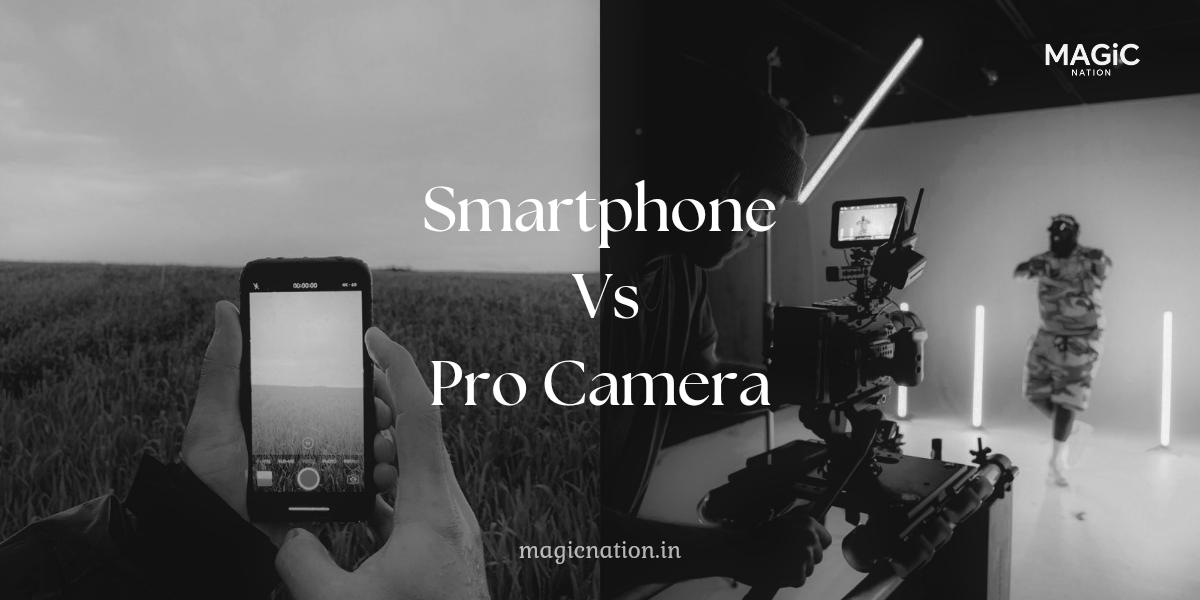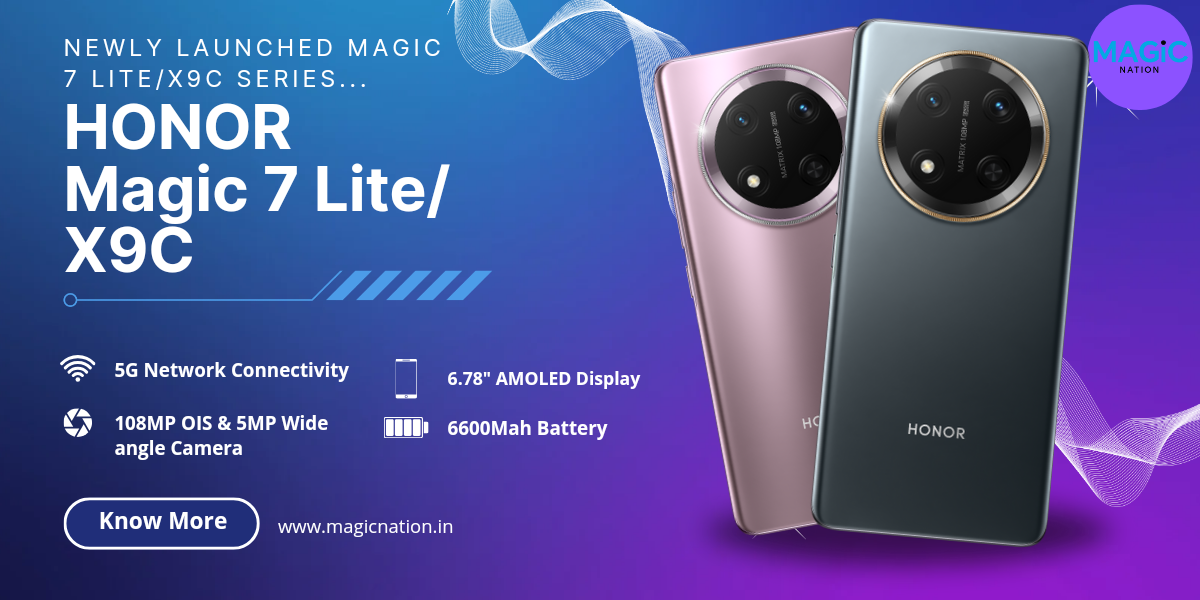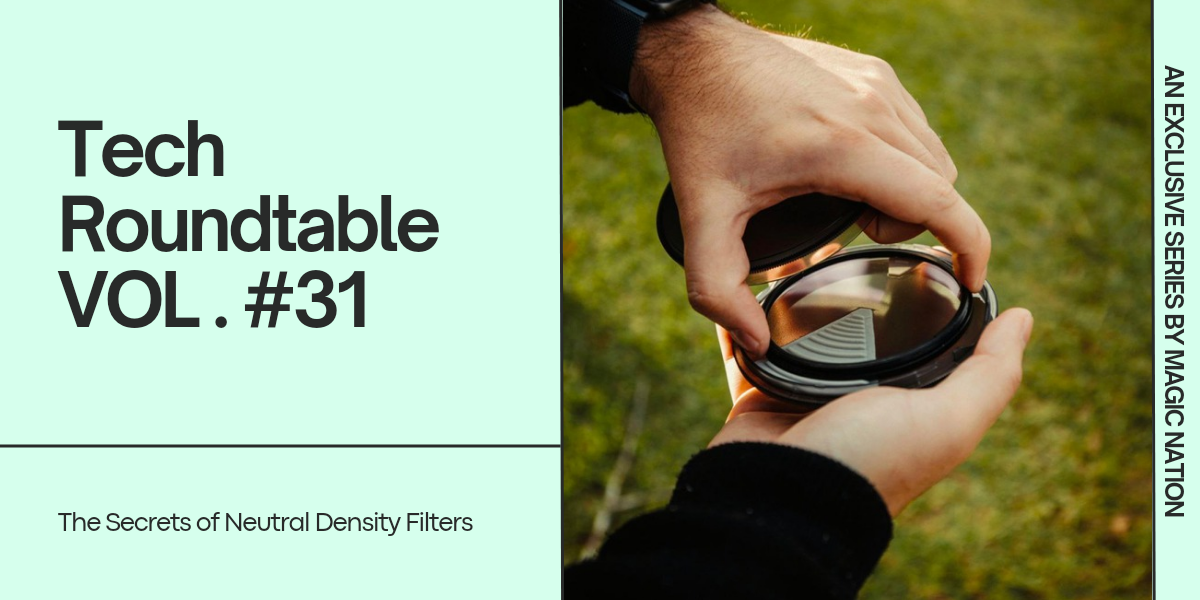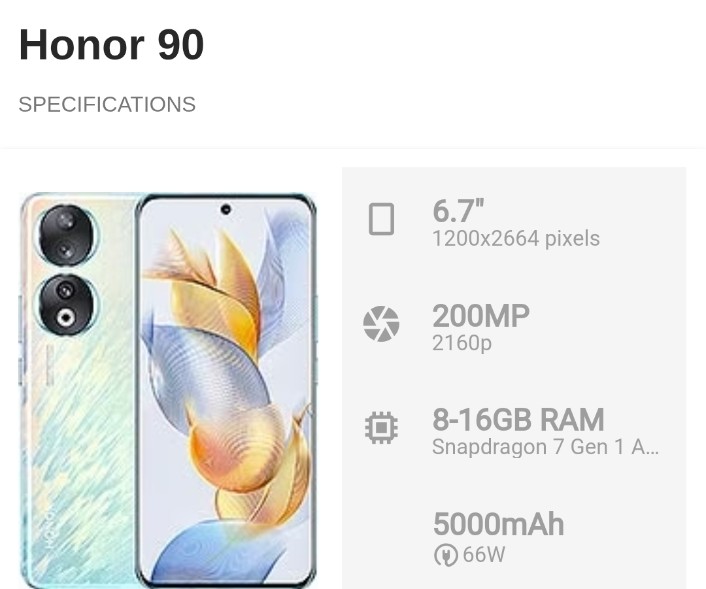
Hello Explorers,
Welcome to Episode 11 of Bytes of Blunders!
You’ve seen dual cameras, triple cameras, and probably quad cameras. But what happens when the company Light decides to make a $2,000 (approximately ₹1.8 lakh) hexadeca camera?

The idea was to recreate DSLR quality in a pocketable smartphone form factor. Instead of one enormous protruding lens, they used 16 smaller cameras spread out over a larger area. Every time someone tapped the shutter button, at least 10 of those cameras, each seeing slightly different things, captured images and used computational photography to fuse them together into one enormous complete shot.
81 Megapixels of Ambition (Or Delusion?)DSLR quality in a pocketable smartphone form factor. Instead of one enormous protruding lens, they used 16 smaller cameras spread out over a larger area
The Light L16 could produce an 81-megapixel output, which was almost unheard of in 2017. Unfortunately, the company had bitten off more than they could chew. Their idea had potential—it’s not impossible to do what they were trying to do. But creating software that can properly interpret and fuse the data from 16 cameras is such a complex task that even mammoth companies like Google weren’t able to do it at that time. How was this little startup going to manage it?

16 Cameras, One Phone: What Could Possibly Go Wrong?
The Software Struggle: When 16 Cameras Aren’t Enough
The challenge wasn’t just in the hardware but also in the software. The L16’s images required significant post-processing to achieve the desired quality. This meant users had to rely on Light’s proprietary software, which added another layer of complexity. The software needed to stitch together images from multiple lenses seamlessly, a task that proved to be more difficult than anticipated.
User Experience Nightmare: Because Who Needs Simplicity?
Moreover, the user experience was far from ideal. The process of transferring photos to a computer, editing them, and then exporting them was cumbersome. For a device marketed as a convenient alternative to DSLRs, this was a significant drawback. Users who were accustomed to the simplicity of smartphone photography found the L16’s workflow to be a hassle.
Instagram? Not So Fast! (Or Ever)
The fact that the L16 was creating its own kind of specialized images meant that you couldn’t just send them straight from the device to Instagram. You’d have to connect to a computer, run them through the company’s own editing app, and then export them in a usable format. This complexity meant it wasn’t really tempting for people who already took photos on their phones, and the mediocre execution meant it wasn’t appealing to those who already had DSLR cameras.

The $180 Million Disappearing Act: Poof!
So, even though it raised over $180 million in funding, the L16 went dark. The ambitious project couldn’t overcome the technical and practical hurdles, leaving it as a cautionary tale in the world of tech innovation.

Conclusion: A Lesson in Ambition (And Overreach)
In the end, the Light L16 serves as a reminder that innovation requires not just a bold vision but also the practical means to execute it. While the idea of a pocketable DSLR-quality camera was enticing, the execution fell short. The L16’s story is a testament to the challenges of balancing cutting-edge technology with user-friendly design. Sometimes, even the most promising ideas need more than just ambition to succeed.innovation requires not just a bold vision but also the practical means to execute it
Signing off









